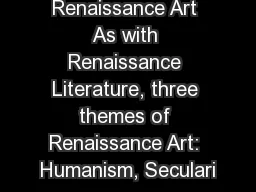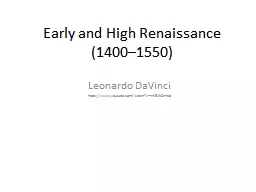PPT-The Renaissance Ca. 1350-1550
Author : karlyn-bohler | Published Date : 2018-11-08
Opening Question François Rabelais c 14941553 French Renaissance humanist and author Out of the thick Gothic night our eyes were awakened to the glorious light
Presentation Embed Code
Download Presentation
Download Presentation The PPT/PDF document "The Renaissance Ca. 1350-1550" is the property of its rightful owner. Permission is granted to download and print the materials on this website for personal, non-commercial use only, and to display it on your personal computer provided you do not modify the materials and that you retain all copyright notices contained in the materials. By downloading content from our website, you accept the terms of this agreement.
The Renaissance Ca. 1350-1550: Transcript
Download Rules Of Document
"The Renaissance Ca. 1350-1550"The content belongs to its owner. You may download and print it for personal use, without modification, and keep all copyright notices. By downloading, you agree to these terms.
Related Documents

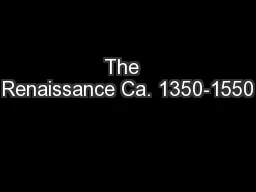
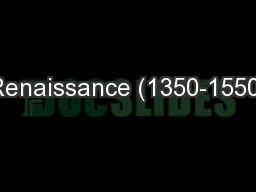
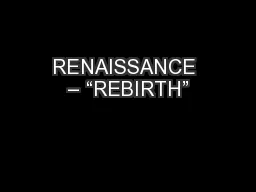

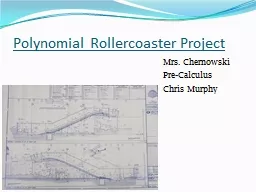
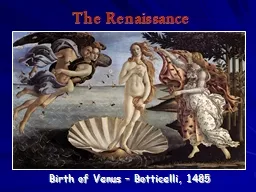
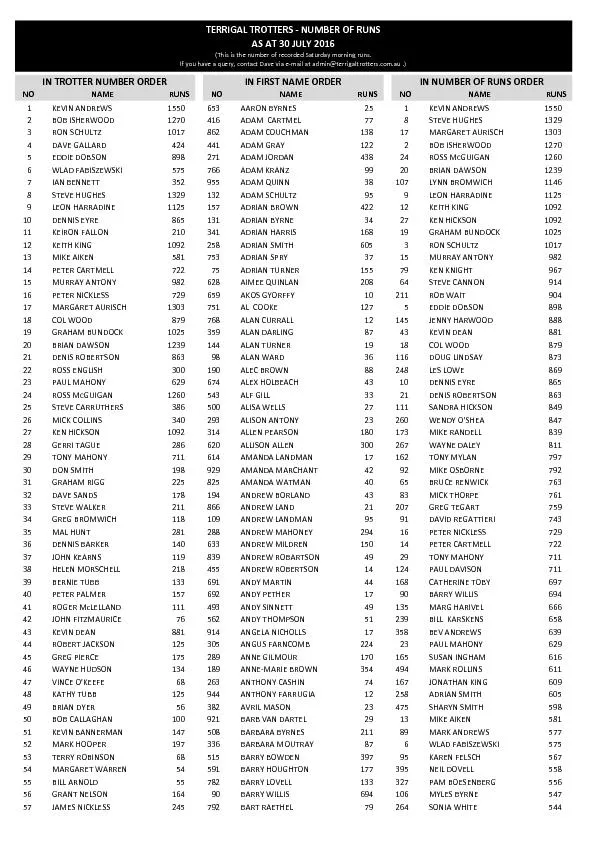
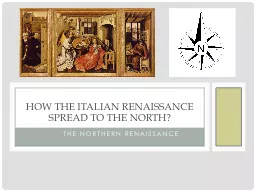
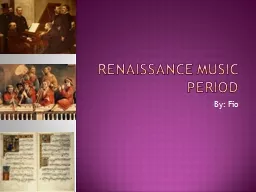
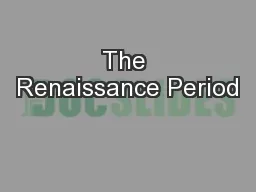

![Renaissance Italy http://www.kmkz.com/jonesj/gallery/renaissance italy[1].jpg](https://thumbs.docslides.com/717618/renaissance-italy-http-www-kmkz-com-jonesj-gallery-renaissance-italy-1-jpg.jpg)
